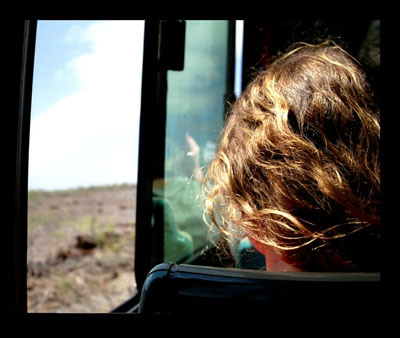All Nonfiction
- Bullying
- Books
- Academic
- Author Interviews
- Celebrity interviews
- College Articles
- College Essays
- Educator of the Year
- Heroes
- Interviews
- Memoir
- Personal Experience
- Sports
- Travel & Culture
All Opinions
- Bullying
- Current Events / Politics
- Discrimination
- Drugs / Alcohol / Smoking
- Entertainment / Celebrities
- Environment
- Love / Relationships
- Movies / Music / TV
- Pop Culture / Trends
- School / College
- Social Issues / Civics
- Spirituality / Religion
- Sports / Hobbies
All Hot Topics
- Bullying
- Community Service
- Environment
- Health
- Letters to the Editor
- Pride & Prejudice
- What Matters
- Back
Summer Guide
- Program Links
- Program Reviews
- Back
College Guide
- College Links
- College Reviews
- College Essays
- College Articles
- Back
The Dangerous Game
The Dangerous game
Many injuries in hockey could be prevented if we implement new rules and systems to protect players. Hockey is a game of speed power and finesse which makes for some pretty horrible, yet preventable injuries. Brendan Shanahan said it best, when he was asked if hockey is hard he replied "I don't know, you tell me. We need to have the strength and power of a football player, the stamina of a marathon runner, and the concentration of a brain surgeon. And, we need to put this all together while moving at high speeds on a cold and slippery surface while five other guys use clubs to try and kill us. Did I mention that this whole time we're standing on blades 1/8 of an inch thick?" This perfectly describes hockey because the game is fast and physical. Now I will tell you about some of the ways we can prevent injuries in hockey.
Many serious injuries in hockey could be prevented if we implement a few simple systems. One of these systems could be harsher punishments for checking from behind penalties or other dangerous plays. The penalty for checking from behind now is a 12 minute penalty, but if we were to make it a one game suspension players would think more about when they are delivering a check. With a game suspension this would make players much more tentative when making a dangerous play because getting suspended hurts your team as well as you. When you are suspended you are no longer allowed to play for a certain amount of games which will mean your team has to play without you. Another thing that could help to prevent head injuries is a series of drills that train players to protect themselves and keep their heads up so they are ready when being checked(Stuart). When players are ready and able to protect themselves they will be able to avoid or brace themselves for the check. If a player is not ready when receiving a check and he is in the danger zone(between 2-5 feet away from the boards)their chances of being injured doubles. When players have their head down and gets hit into the boards the chances of a player getting a neck injury from twisting or impact doubles(Stuart). In Canada children start being trained for body contact at 8 years old however, in America they do not learn until 13. In America the injury rate of kids between 12 and 15 is 10% higher than the rate in Canada(Cusimano). Some possible reasons for this is at 13 boys are going through puberty and their hormones make them more aggressive because they have not learned to control their emotions. In Canada because children have learned to use checking as a tool rather than a weapon they know how to give and take a check.
Given all of these reasons it is obvious that many injuries in hockey could be prevented. Even though hockey will still be dangerous harsher punishments for dangerous checks will make players think more about what they are doing before they make a dangerous play. It shows that the rates of injury for children ages 12-19 in America is higher than in Canada, one reason for this may be because in Canada kids are taught at a up young age that checking is a tool used to separate and opponent from the puck. In America there aren't enough rules about body contact education checking is introduced to kids in America when they are 13 and they are not taught what it is or how to use it. Introducing checking at this age is dangerous because at this time children have many more hormones working in their body which makes them more aggressive. As you can see if we adopt the Canadian ways in educating hockey players it would be a much safer sport.
>

Similar Articles
JOIN THE DISCUSSION
This article has 0 comments.
